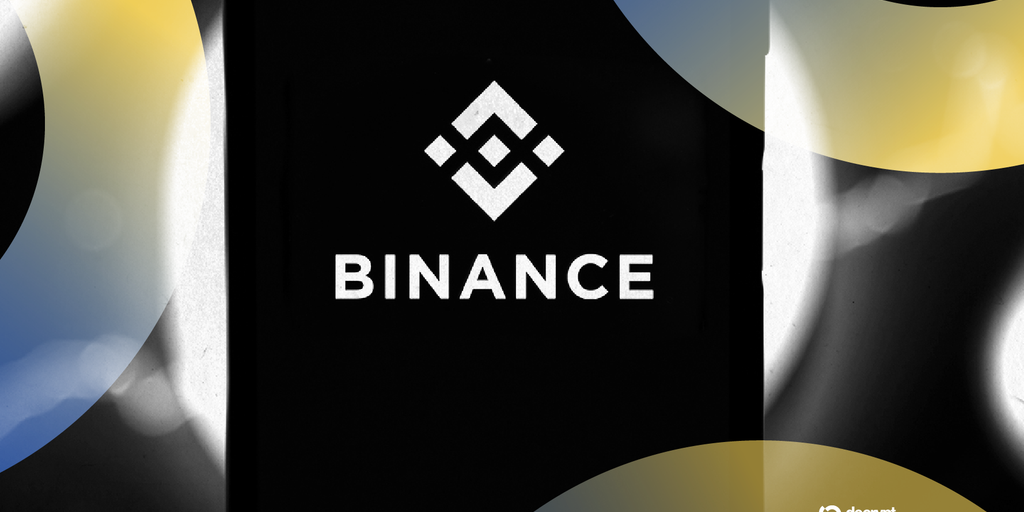
Summary
- Binance plans to shift its USDT yield product to the Plasma network when the mainnet launches, anticipated in September.
- Users can earn a 2% APR on their USDT holdings and receive a portion of the upcoming XPL token.
- Codenamed “Taylor Swift,” the details of the partnership were closely guarded, known only to a few Plasma employees.
Binance is set to transition its USDT yield product on-chain once the stablecoin network Plasma achieves mainnet status, targeted for September. In addition to Binance’s standard yield, users can lock in funds prior to Plasma’s launch for a share of the forthcoming XPL token.
Within an hour, the $250 million deposit cap was reached on Binance. A representative from Plasma indicated that the limit could increase, but the final call lies with Binance.
Paul Faecks, CEO of Plasma, expressed hope that the partnership would spark a network effect and cement it as the leading chain for stablecoins.
The new global financial system relies on a deep and robust yield economy.
To reach that scale, distribution is everything. That’s why we are excited to announce our partnership with @Binance Earn to bring the first fully onchain yield product to hundreds of millions worldwide. pic.twitter.com/ECYPqIePgM
— Plasma (@PlasmaFDN) August 20, 2025
“You have 280 million individuals with Binance accounts, representing a massive reach. We’re eager for all those users to access Plasma,” said Faecks. “The network effects that arise are invaluable for us, enhancing Plasma’s growth and reaching millions globally.”
Upon the XPL token generation event, 1% of the token supply will be distributed among Binance depositors, regardless of any limit increase. Additionally, Binance users depositing USDT will also earn an estimated 2% APR returned in USDT.
USDT is the foremost stablecoin by market cap, issued by Tether. Stablecoins are cryptocurrencies pegged to stable assets, frequently fiat currencies, such as the U.S. dollar. This peg makes profit generation on stablecoins challenging. Earning yield on stablecoins translates to receiving a slight interest percentage on tokens, often serving as an inflation hedge.
Binance also provides on-chain yields for non-stablecoin assets like Bitcoin, Wrapped Beacon ETH, and BNB, although returns for BNB are in the deposited token.
This partnership signifies a move to facilitate Binance’s USDT yield generation on the Plasma network when it launches. Faecks confirmed to Decrypt that Plasma is preparing for its token generation event and mainnet launch in September.
Internally, Plasma maintains strict protocols to safeguard partnerships and sensitive data from leaks. Consequently, the Binance announcement was codenamed “Taylor Swift,” with only a select few in its London office aware of the underlying significance, potentially disappointing any Swifties within the 30-person team.
Plasma aspires to create a Bitcoin sidechain designated as “the stablecoin chain,” Faecks remarked to Decrypt last month. Essentially, Plasma focuses exclusively on stablecoin optimizations, which include gasless transactions and private USDT dealings.
The initiative made headlines in July with a pre-deposit of $500 million, which was later increased to $1 billion, ahead of its XPL initial coin offering. Plasma also secured $24 million through its seed and Series A financing rounds in February, backed by Tether CEO Paolo Ardoino, PayPal co-founder Peter Thiel, along with investment firms like 6th Man Ventures. Ardoino and Thiel are also advisors to the project.
Notably, the yield-bearing USDT partnership follows the passage of the significant GENIUS Act in the U.S. While it established a framework for stablecoin issuance, it also banned yield offerings from stablecoin issuers. Nevertheless, it did not prevent third parties, such as Binance or Plasma, from providing yield-bearing products.
Though Faecks refrained from commenting on specific regulations—beyond expressing his approval of the industry’s “professionalization”—he highlighted the critical role of yields for stablecoins.
“It greatly diminishes the opportunity cost in holding stablecoins,” Faecks explained. “You can retain earnings potential on those stablecoins.”
“Many individuals depend on stablecoins in their daily activities, effectively using them as their banking infrastructure,” he noted. “Yield is a key factor in that, making it a significantly more appealing option.”
Daily Briefing Newsletter
Begin each day with the latest top news stories and original features, plus podcasts, videos, and more.
